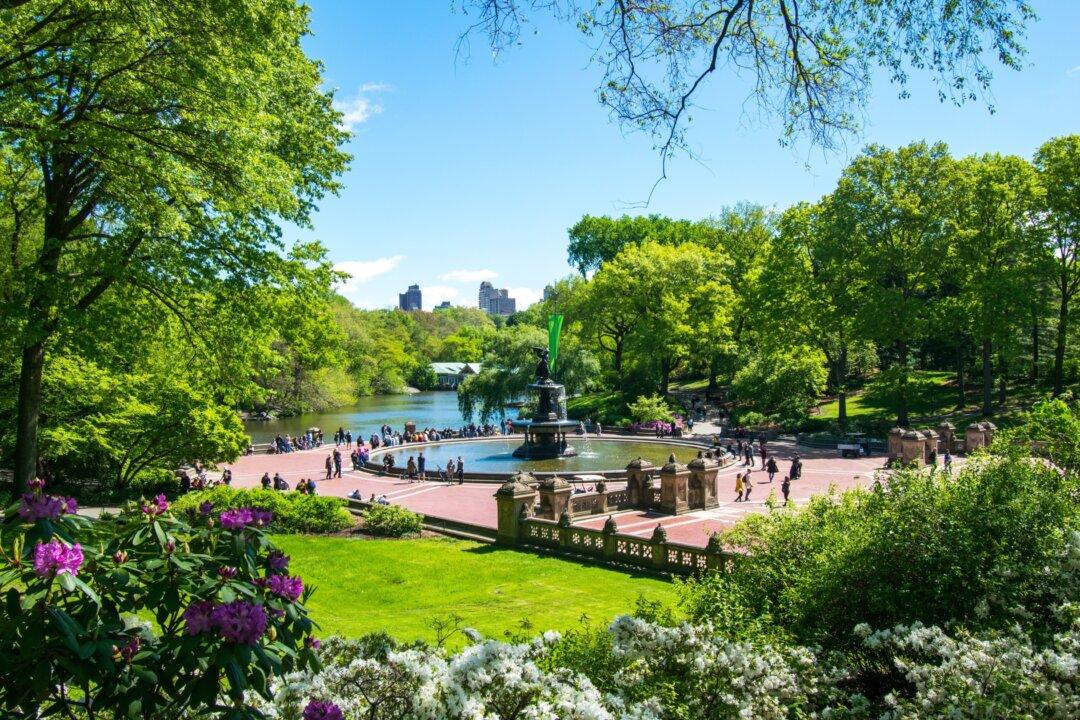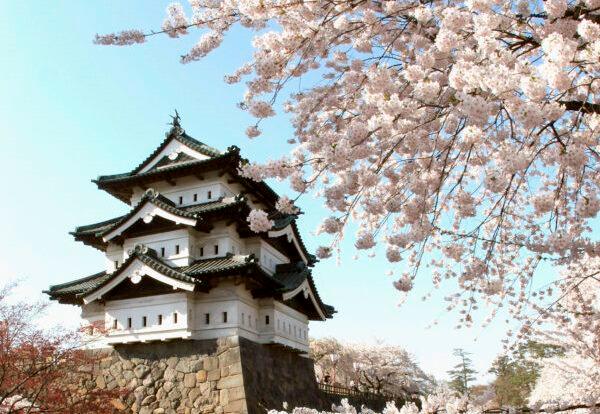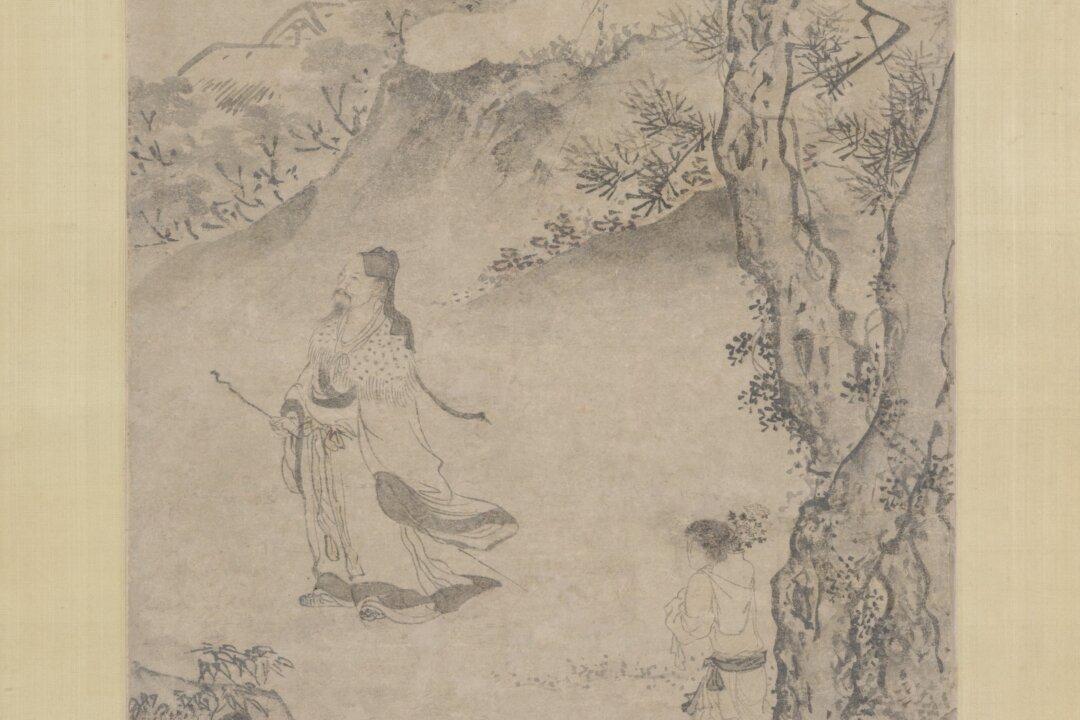Sunlight filters through the branches of billowing trees. A cloudless cerulean sky and a warm breeze make it a perfect day for an outing. Throughout the park, couples, families, and friends sit in groups of twos and threes, enjoying the last remnants of summer. Amid this peaceful oasis, you can almost forget that you are in the center of America’s biggest metropolis.
“Every day, millions of people wander through Central Park. … They never think about someone going through the process of designing these places,” said Lucy Lawliss, co-chair of the National Association of Olmsted Parks in an interview with Elite Magazine. “We forget that these aren’t just little random pieces of nature that the city left behind.”




